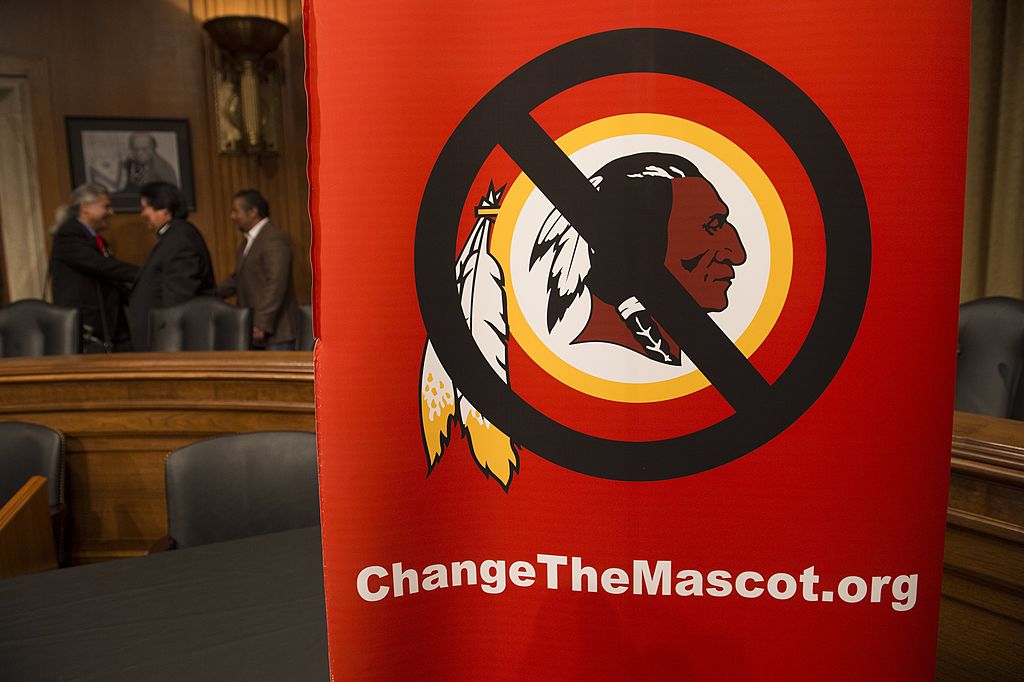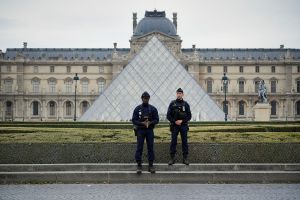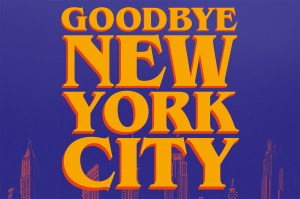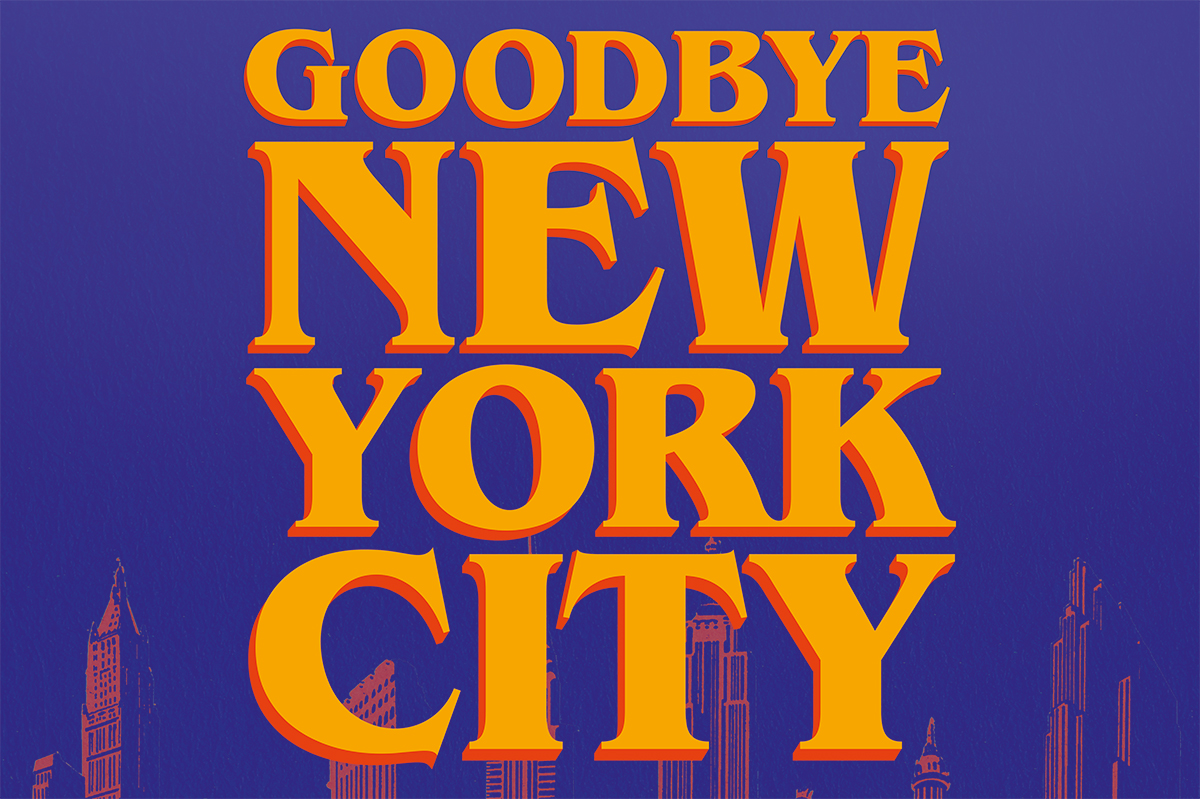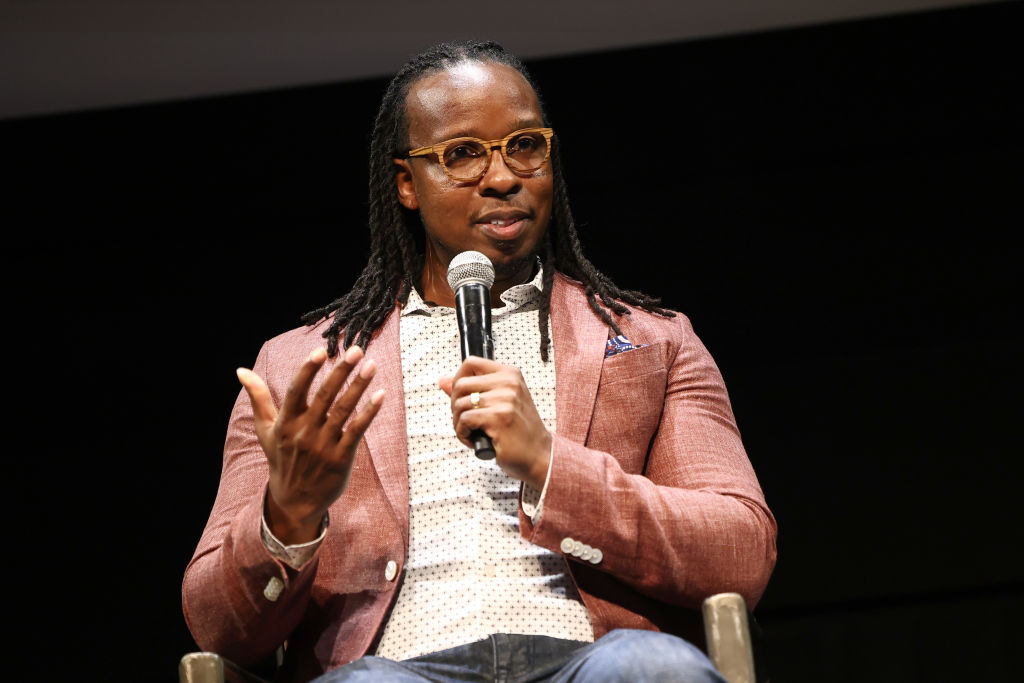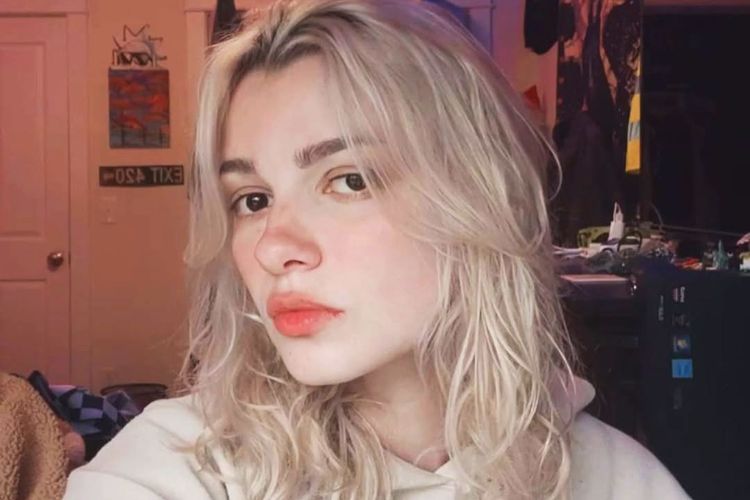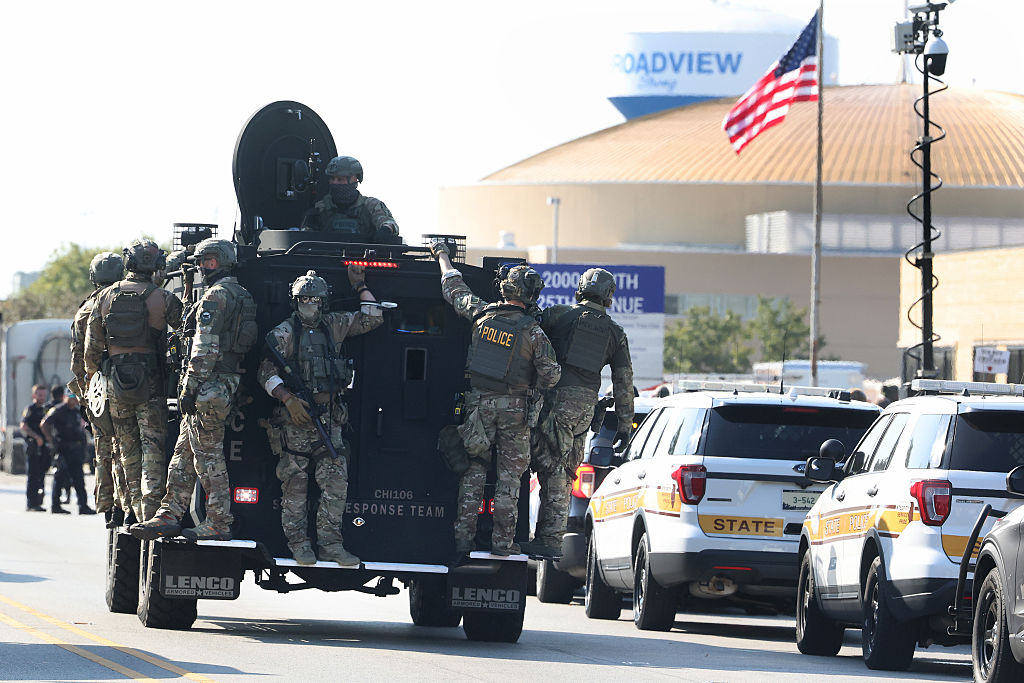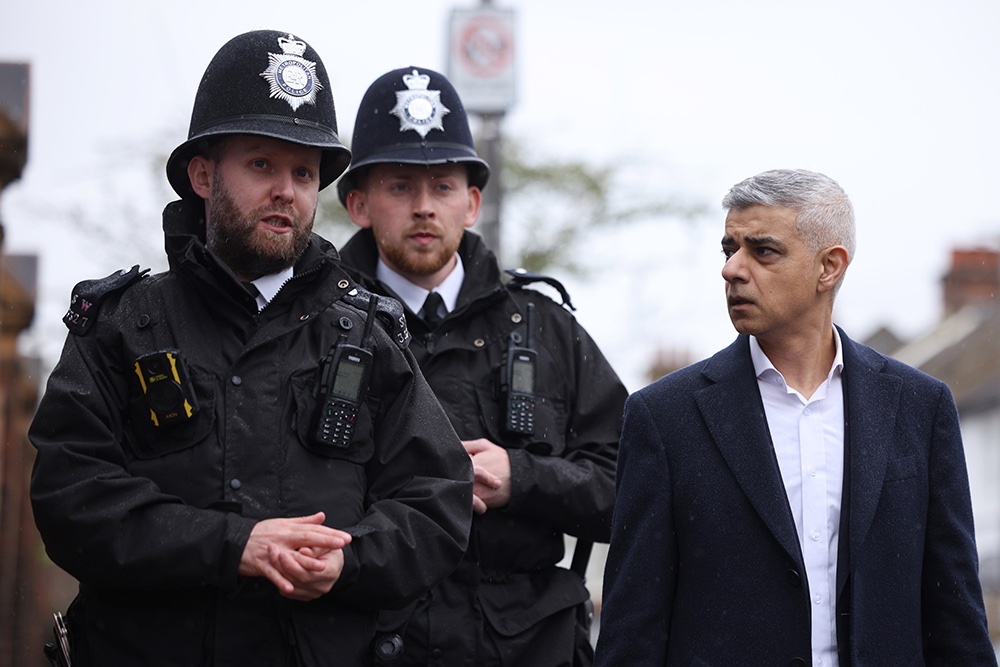Americans in 2021 spent more time watching TV than on any other leisure activity (outside of sleeping). Presumably those numbers increase during the holidays, especially given a hot NFL playoff race and endless bowl games (are you ready for Duke’s Mayo Bowl?). Yet for me what stands out are not the touchdowns or halftime shows, but the commercials.
Practically every commercial over the course of a three-hour football game features more people of color — blacks, Asians, Latinos — than whites. Many in the media and advertising are celebrating this for increasing diversity and inclusion, while others claim it undermines meritocracy. Given that commercials are little more than manipulative, materialistic propaganda aimed at persuading audiences to buy things they don’t need, there are better reasons to be cynical.
Perhaps we should follow the money. Corporations know that indulging D&I technocrats and their acolytes will win them praise for spearheading the war against systemic racism. Apparently some evidence indicates that TV ads with more diverse casting are more successful — 42 percent of respondents in a 2020 survey said they wanted to see more racial diversity in advertisements. Indulging in identity politics thus not only burnishes a company’s woke credentials but increases profits.
But we should also ask what this actually does for the people that the anti-racism campaigns are claiming to help, namely minority communities. I’m not confident the actors (or celebrities) employed in these commercials are those most in need of upliftment. Even the word “BIPOC” hints at the incoherence of the anti-racist movement, pretending the socioeconomic needs of Asian Americans, who have the highest median income, are the same as American Indians, who have the lowest.
Much of the bluster about combating systemic racism, it turns out, doesn’t have much, if anything, to do with actually addressing poverty, incarceration rates, and illness in racial minority communities. Indeed, if an increased number of racial minorities in commercials for Coke, McDonalds, and Coors persuades them to buy more of those products, that would likely result in increased levels of obesity, diabetes, and alcoholism in populations already disproportionately suffering from those maladies. Not exactly a win for anti-racism.
Or consider an example from professional sports: the emphasis on changing the names and logos of teams associated with Native Americans. The NFL and MLB have taken pride in their ability to persuade the Washington Redskins and Cleveland Indians respectively to abandon their “racist” mascots. Yet “how these changes might do anything to reduce the poverty, violence, and lack of educational opportunities that plague reservations is unclear,” writes Naomi Schaefer Riley in The New Trail of Tears: How Washington Is Destroying American Indians.
The plight of indigenous communities in America is severe. They have the highest rate of poverty of any racial group, and higher rates of crime, suicide, alcoholism, gang membership, and sexual abuse. Can mascots really be blamed for this? Writes Riley, “If you’ve grown up in poverty, living with a single parent or no parent, surrounded by adults who have problems with drugs and alcohol, and you have no educational options and not much hope of employment ahead of you, is the image of an Indian on a football team’s jersey going to push you over the edge?” Put in those terms, woke entertainment and advertising can seem pretty patronizing.
It leads one to wonder: why are we so often bamboozled into false, even counterproductive “solutions” to the problems affecting minority communities in America? Certainly some of this derives from the proliferation of identity politics. Leftist ideologies and jargon once known only in the academy — intersectionality, critical race theory, institutional racism — now dominate not only universities but common parlance. This mainstreaming of the esoteric and radical has occurred through the cooperation of the media and entertainment industries.
“Over the last decade, on many campuses, the idea that a scholar’s obligation is to search for the truth has become disreputable — seen as only a cover for scholarship that is racist, sexist, or heteronormative,” writes Charles Murray in his book Facing Reality: Two Truths About Race in America. “Scholars are criticized not for the quality of their work but for its failure to advance the cause of social justice. Work seen as hostile to that cause is met with calls for the scholar’s dismissal.”
The same trend is visible in American newsrooms, where dissenters from the premises of identity politics are increasingly targeted and fired. An executive at a major news outlet told Murray that “we’re all terrified of our staffs.” Or, as Glenn Loury recently observed at First Things, demagogues and pundits have persuaded a significant percentage of the electorate that America’s racial problems are commensurate to those the nation faced two generations ago. “We have reached a point where black multimillionaires like LeBron James seem to really think that they’re being hunted like rabid dogs by racist cops,” writes Loury.
This ideologically provoked alarmism identifies all manner of racist bugaboos for perpetuating systemic racism, among them standardized tests and the police. Yet abandoning IQ tests or the SATs and ACTs — which offer an important, if imperfect means of evaluating cognitive ability — because they are racially biased is a “laughable” example of shooting the messenger, says Loury. And Murray reminds us that blacks and Latinos already get through the educational pipeline “with preferential treatment in admissions to colleges and to professional programs.”
The same misplaced scaremongering is visible in public conversations about police in America. Loury notes that while there is a disparity in the number of blacks versus whites annually killed by police, the total number is 300 black victims per year — and “very few of these are unarmed innocents.” Moreover, of about 20,000 homicides in the United States in 2020, almost half of them involved black perpetrators — and the vast majority of those perpetrators’ victims were other blacks. Or, as Murray puts it, “Triangulating data indicates that the arrest rates reflect, and perhaps understate, race differences in violent criminal activity.”
None of this is to deny the reality of racism in America, or racial injustices in our criminal justice system, or the lack of parity for racial minorities in education and the professional world. But the solutions proffered by our elites amount to little more than self-aggrandizement. The two agencies that oversee the activities of about 1 million Indians currently living on reservations, the Bureau of Indian Affairs and the Bureau of Indian Education, suffer from highly publicized endemic corruption and abysmal performances, despite $3 billion in funding and 9,000 employees.
The narrative from media and entertainment elites elides the reality of race in America in favor of the easier, the more visible, and the self-congratulatory. Hence the Washington Football Team, the Cleveland Guardians, and racially diverse commercials. Which, I suppose, is good if you’re a “person of color” employed in the D&I or entertainment industries. I’m not sure it matters to anyone else.



